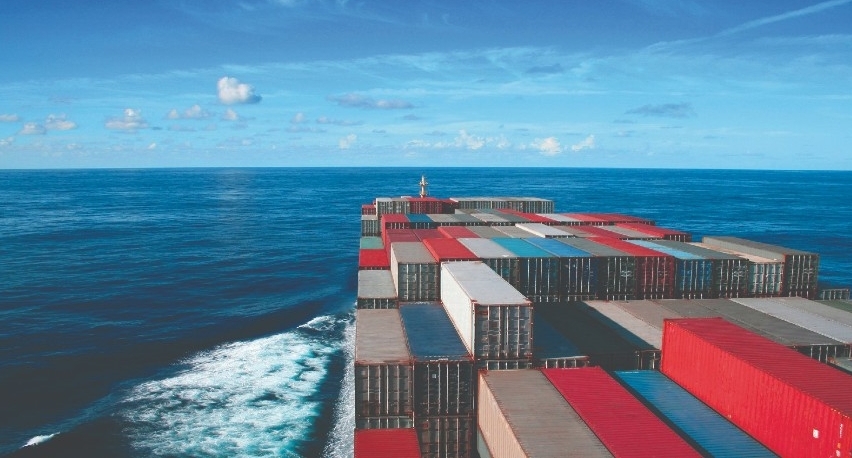Citrus - key perishable exported from Africa via ocean
The driving force for African exports now are the AfCFTA, the launch of World Logistics Passport and strong demand for perishables from the developed economies like the U.S and Europe.

While the whole world is focused on intra-global export stories, there is a key story flying below the radar: the share of intra-African exports to total exports has doubled from less than 10 percent in 1990 to more than 20 percent in 2019.
Even while this is true, low exports diversification explains the high dependence of the African continent to the rest of the world, according to a report by the World Bank.
The driving force for African exports now are the AfCFTA, the launch of World Logistics Passport and strong demand for perishables from the developed economies like the US and Europe.
South Africa, for example, exports 143 million cartons of citrus fruits to over 100 countries - all by sea, DP World said in a LinkedIn post recently. “Once plucked from the fields, they are sent to ports for loading onto container ships. The citrus fruits are loaded onto reefers (refrigerated containers) - special giant containers made to keep fruits cold while in transit. The journey to London will take approximately three weeks with some of the ships carrying as much as 1.2 million cartons of citrus fruit. Once the fruit has passed inspections, the reefers are moved to distribution warehouses. These temperature-controlled warehouses prepare the fruits for supermarket shelves.”
The outlook for exports of perishables from Africa is very good, Nils Haput, senior director corporate communications, Hapag-Lloyd told Logistics Update Africa. Almost 70 percent of perishables are moved by ocean from West Africa. We see a very strong demand for bananas, pineapple and fish from West Africa, he added.

“In 2021, we have seen favourable weather conditions in some of the key growing areas leading to good growth in grapes, stone fruit, apples, avocados, and citrus,” Graham Schreider, global vertical head of fruit and vegetables, Maersk, said. “There has also been very strong growth in blueberries, but this is off a much smaller base. If we consider Egypt as well, then there has been significant growth in citrus and grapes and geographically they are well placed to service most markets like Europe, Russia, the Middle East, and Asia.”
AfCFTA is promising for more intra-Africa container volumes, Jakob Holbak, Africa region head of ocean management, Maersk, said, “The total volumes into and within Africa will not significantly increase as some of the current import/export volume flows from outside of Africa would be displaced. Improved infrastructure, efficient and reliable logistics solutions and reduced administrative burdens related to trade will reduce costs and encourage trade. As the global integrator in Africa, Maersk can support this growth on the African continent.”
If we consider Egypt as well, then there has been significant growth in citrus and grapes and geographically they are well placed to service most markets like Europe, Russia, the Middle East, and Asia.
Graham Schreider, Maersk
We are yet to see any growth due to AfCFTA but we are confident that it will come, Haput said.
Responding to Chinese ports in Africa playing a key role in boosting trade in the continent, Holbak said, “China has always been, and will continue to be, a large trading partner across Africa. While traditional trade patterns have changed due to various lockdowns throughout the global pandemic, we have seen a faster recovery on container volumes based on the strong demand for goods consumption across Africa through 2020 and 2021.”
Africa–China trade has seen strong growth and will continue to grow, Haput said.
Assistant US trade representative for African Affairs Florie Liser in an official release said trade is critically important for economic development. “Right now, Africa has about 2 percent of all world trade, which is hard to believe when you think about all of the tremendous resources that they have - oil, diamonds, gold not to mention all the agricultural products such as coffee, tea, cocoa. “And to think that Africa still only has 2 percent of world trade is really incredible.”
If the Africans were able to increase their share of world trade from 2 percent to 3 percent, that 1 percent increase would actually generate about $70 billion of additional income annually for Africa, Liser added.
So, while trade continues to flourish in a continent with 1.1 billion people, are logistics worries and intra-national disputes holding back growth?


